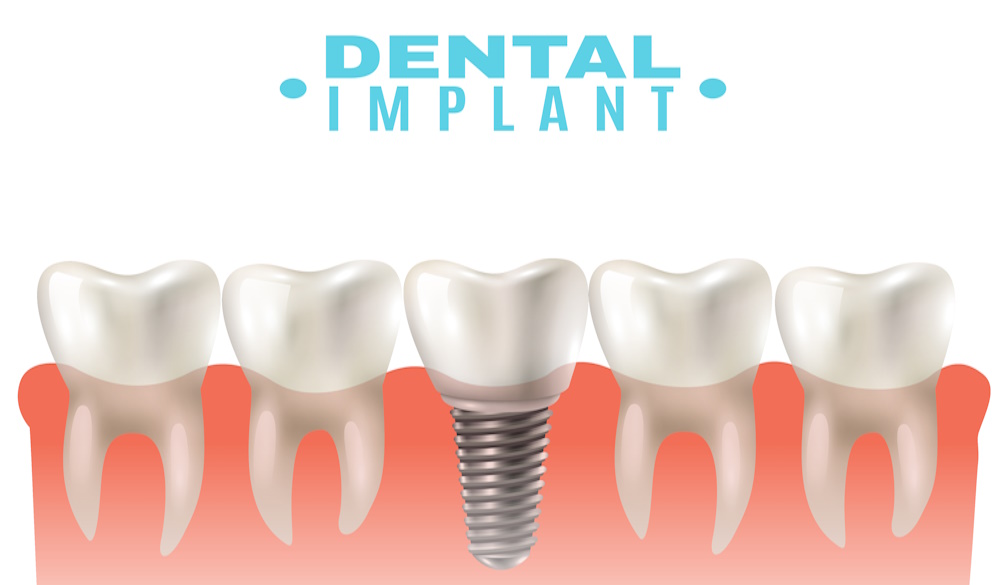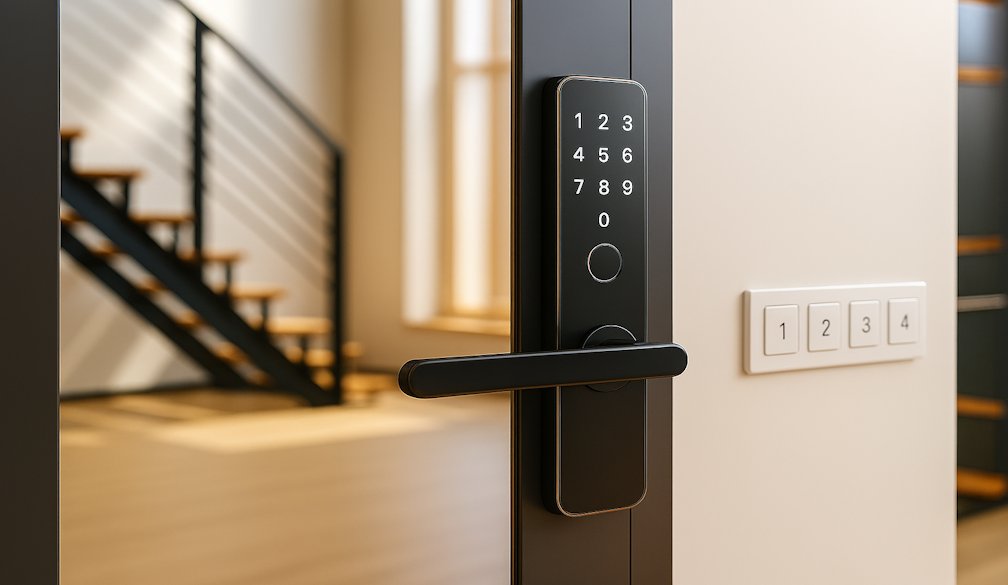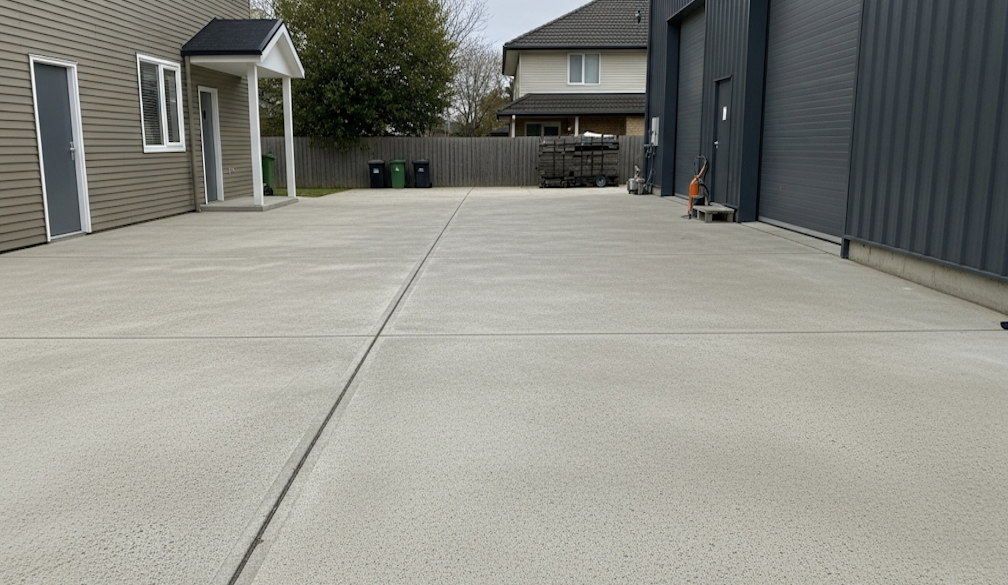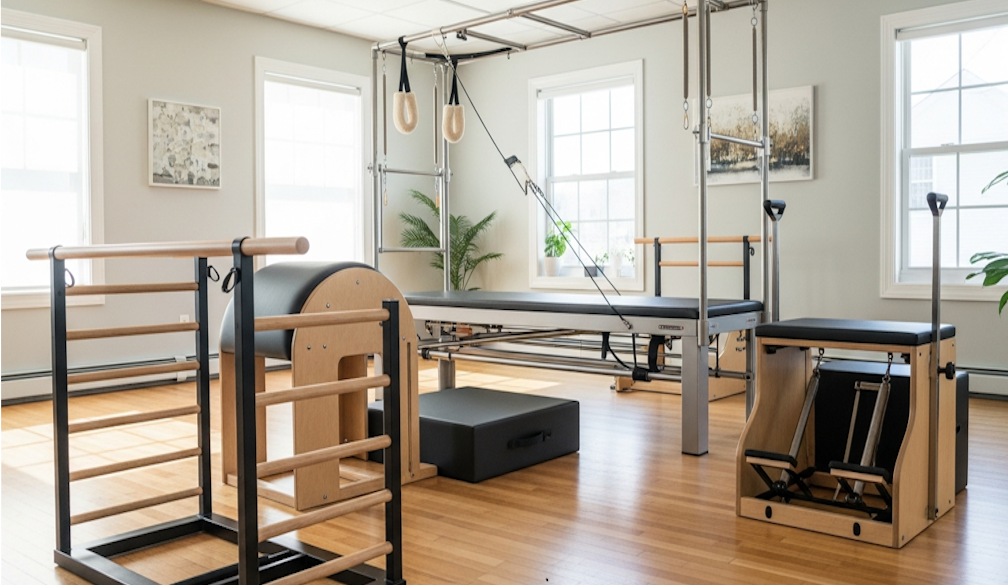How to improve your defensive driving skills
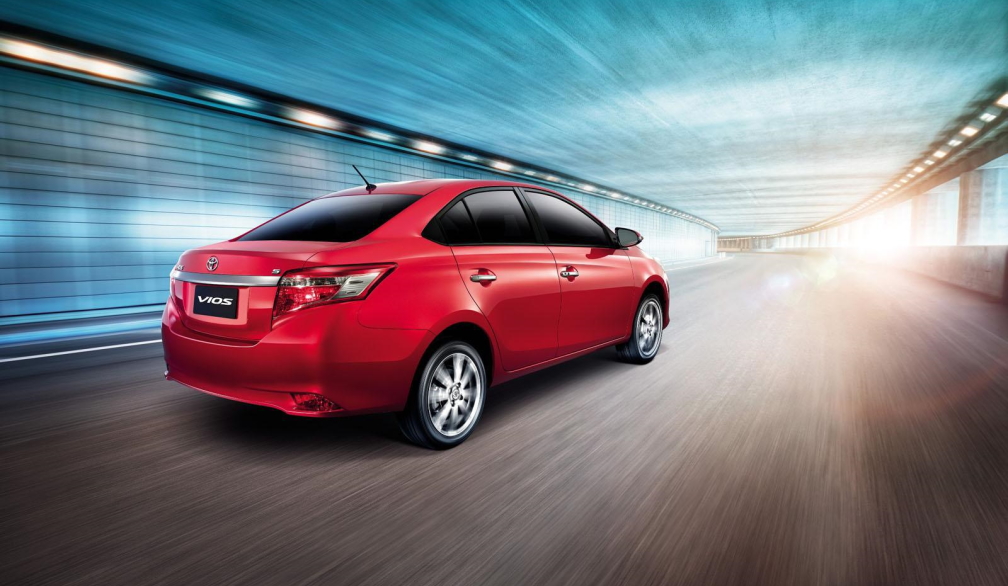
Defensive driving is a driving technique that involves being aware of and anticipating potential hazards on the road and taking action to avoid them. It requires paying attention to your surroundings, being alert and refreshed while driving, and being prepared to react to the actions of other drivers. Defensive driving also involves understanding and following traffic laws, maintaining a safe following distance, and using proper lane positioning and turning signals. It is a crucial skill for all drivers to possess, as it can help prevent accidents and keep you, your passengers, and other road users safe. In this article, we will delve into various techniques and strategies for improving your defensive driving skills.
Understanding the importance of defensive driving
Defensive driving is important because it can help reduce the risk of accidents and injuries on the road. According to the National Highway Traffic Safety Administration (NHTSA), more than 37,000 people die in traffic crashes in the United States each year, and millions more are injured. Many of these crashes are preventable and are often caused by drivers who are not paying attention, are distracted, or are engaging in reckless or aggressive behaviors. By practicing defensive driving techniques, you can significantly reduce your chances of being involved in a crash.
Defensive driving also has other benefits. It can help you save money on car insurance, as many insurance companies offer discounts to drivers who complete defensive driving courses. In addition, practicing defensive driving can help you save fuel and reduce wear and tear on your vehicle, as you will be driving more efficiently and avoiding sudden stops and starts. Finally, defensive driving can help reduce traffic congestion and improve the overall flow of traffic on the roads.
In short, defensive driving is an essential skill that can help keep you and others safe on the road and can also provide numerous practical benefits.
Identifying and managing potential hazards on the road
Identifying and managing potential hazards on the road is a key aspect of defensive driving. Potential hazards can include other vehicles, pedestrians, bicycles, animals, construction zones, and adverse weather conditions, to name a few. As a defensive driver, you should be constantly scanning the road and your surroundings for potential hazards and taking appropriate actions to avoid them.
Proper use of mirrors and turning signals
Mirrors and turning signals allow you to communicate your intentions to other drivers and give them time to react. By using these tools effectively, you can help prevent misunderstandings and reduce the risk of accidents.
Use your mirrors regularly: Check your mirrors frequently to get a good sense of what is happening around your vehicle. This includes looking in your rearview and side mirrors before changing lanes, merging, or making a turn.
Adjust your mirrors properly: Make sure your mirrors are properly adjusted to give you a clear view of what is happening behind and to the sides of your vehicle.
Use your turning signals: Use your turning signals to let other drivers know your intentions and give them time to react.
Use your signals early: Start signaling well before you make a turn or change lanes. This will give other drivers plenty of time to react.
Cancel your signals: Remember to cancel your signals after you have completed a turn or lane change.
Maintaining a safe following distance
Maintaining a safe following distance involves keeping a sufficient distance between your vehicle and the vehicle in front of you to allow for reaction time in the event of an emergency. This is especially important when driving at high speeds or in adverse weather conditions, as it can take longer to stop or maneuver your vehicle.
Use the "three-second rule": To determine a safe following distance, choose a fixed object on the side of the road and count the seconds it takes for your vehicle to pass it after the vehicle in front of you has passed it. You should aim for a minimum of three seconds of the following distance. In adverse weather conditions or when driving at high speeds, you should increase this distance to give yourself more time to react.
Keep a safe distance in heavy traffic: In heavy traffic, it can be tempting to follow closely to try and keep moving. However, this increases the risk of a rear-end collision. Instead, try to maintain a safe following distance even in heavy traffic.
Don't tailgate: Tailgating, or following too closely, can increase the risk of a collision. Avoid tailgating and give the vehicle in front of you plenty of space.
Anticipating and reacting to the actions of other drivers
Anticipating and reacting to the actions of other drivers includes paying attention to the behavior of other drivers and being prepared to react if they do something unexpected. This can help prevent misunderstandings and accidents on the road.
Here are some strategies for anticipating and reacting to the actions of other drivers:
Pay attention to the behavior of other drivers: Look for clues that may indicate that a driver is about to make a sudden move, such as braking suddenly, changing lanes without signaling, or making a sudden turn.
Anticipate the actions of other drivers: Use your knowledge of traffic laws and common driving behaviors to anticipate what other drivers may do. For example, if you see a car waiting to turn left at an intersection, you can anticipate that they may turn in front of you.
Leave plenty of space: Maintain a safe following distance to give yourself time to react to the actions of other drivers.
Use your signals: Use your turning signals to let other drivers know your intentions and give them time to react.
Managing distractions while driving
Distractions can include anything that takes your attention away from the task of driving, such as texting, eating, using your phone, or adjusting the radio. Distractions can significantly increase the risk of accidents, as they can take your focus off the road and reduce your reaction time.
Avoid texting or using your phone while driving: Texting or using your phone while driving is a major distraction and can significantly increase the risk of accidents. If you need to use your phone while driving, pull over to a safe location or use a hands-free device.
Avoid eating or drinking while driving: Eating or drinking while driving can be distracting and can also increase the risk of spills and messes in your vehicle. If you need to eat or drink while driving, pull over to a safe location.
Avoid adjusting the radio or other controls: Adjusting the radio or other controls while driving can be distracting and can take your attention away from the road. If you need to adjust something in your vehicle, pull over to a safe location or wait until you are stopped.
Avoid other distractions: Avoid other distractions such as talking to passengers, grooming, or interacting with pets while driving.
Proper lane positioning and negotiating turns
Proper lane positioning and negotiating turns involve positioning your vehicle in the correct lane and following the proper procedures for making turns. This can help prevent misunderstandings and accidents on the road.
Use the correct lane: Always use the correct lane for the direction you are going. For example, if you are turning left, use the left turn lane. If you are continuing straight, use the through lane.
Signal your intentions: Use your turning signals so that other drivers know when and how to react.
Look for traffic signals and signs: Observe traffic signals and signs and follow their instructions. For example, if a traffic light is red, stop at the stop line and wait for it to turn green.
Look for pedestrians and other vehicles: Before making a turn, look for pedestrians and other vehicles that may be crossing your path.
Use caution when making turns: Always use caution when making turns, especially in heavy traffic or at intersections with limited visibility.
Making emergency stops and avoiding collisions
You should know how to react quickly and effectively in the event of an emergency and take action to avoid collisions.
Stay alert: Pay attention to the road and your surroundings and be prepared to react to potential hazards.
Leave plenty of space: Maintain a safe following distance to give yourself time to react to the emergencies.
Use your brakes properly: In an emergency, use your brakes firmly and evenly to bring your vehicle to a stop. Avoid locking your wheels, as this can cause your vehicle to skid or lose control.
Steer to avoid a collision: If you are unable to stop in time and a collision is imminent, try to steer around the hazard if possible.
Use the horn: In an emergency, you may be able to avoid a collision by sounding the horn to alert other drivers or pedestrians.
Staying alert and refreshed while driving
It is essential to stay alert and focused while driving to avoid accidents and make good decisions on the road. However, fatigue and other factors can affect your ability to stay alert and focused.
Get enough sleep: Make sure you get enough sleep before driving. Fatigue can significantly impair your ability to drive safely.
Take breaks: If you are going on a long trip, plan to take breaks every two hours or so to stretch your legs and rest.
Stay hydrated: Drink plenty of water to stay hydrated and alert while driving.
Avoid distractions: Avoid distractions such as texting, eating, or using your phone while driving.
Pull over if you feel tired: If you start to feel tired or drowsy while driving, pull over to a safe location and take a break.
By following these tips, you can help stay alert and refreshed while driving and reduce the risk of accidents.
Conclusion
In conclusion, improved defensive driving skills can provide numerous benefits. They can help reduce the risk of accidents and injuries on the road, save money on car insurance, save fuel and reduce wear and tear on your vehicle, and improve the overall flow of traffic on the roads. By practicing defensive driving techniques, such as identifying and managing potential hazards, maintaining a safe following distance, anticipating and reacting to the actions of other drivers, and managing distractions, you can significantly improve your driving skills and keep yourself and others safe on the road.
Reference: JUNK CAR REMOVALS








